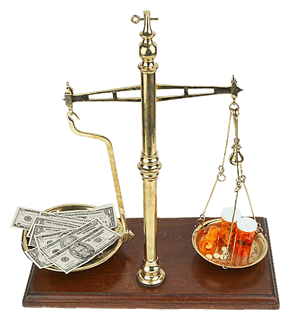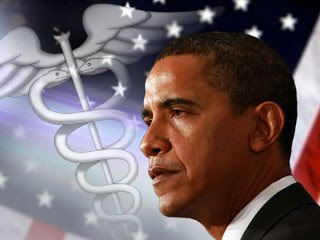 Scientists have for the first time identified the symptoms associated with what has been termed late-onset hypogonadism or 'male menopause' caused by a reduction in testosterone production in aging men
Scientists have for the first time identified the symptoms associated with what has been termed late-onset hypogonadism or 'male menopause' caused by a reduction in testosterone production in aging men.
But the researchers say that unlike the female menopause, which affects all women, the male menopause is relatively rare, affecting only 2% of elderly men, and is often linked to poor general health and obesity.
The findings, published in the New England Journal of Medicine, should provide new guidance to physicians prescribing male testosterone therapy, a practice that has increased by 400% in the United States, though not elsewhere, since 1999.
The University of Manchester researchers, working with colleagues at Imperial College London, UCL (University College London) and other European partners, measured the testosterone levels of 3,369 men between the ages of 40 and 79 years from eight European centres and asked details about their sexual health, physical and psychological health.
The team found that only nine of the 32 candidate symptoms were actually associated with low testosterone levels, the most important being the three sexual symptoms -- decreased frequency of morning erection, decreased frequency of sexual thoughts (sex drive), and erectile dysfunction.
The study concluded that the presence of all three sexual symptoms, together with low testosterone levels, was required to establish a diagnosis of late-onset hypogonadism, although other non-sexual symptoms may also be present.
These other symptoms included three physical symptoms -- an inability to engage in vigorous activity, such as running or lifting heavy objects, an inability to walk more than 1km, and an inability to bend, kneel or stoop -- and three psychological symptoms -- loss of energy, sadness, and fatigue. However, these non-sexual symptoms were only weakly related to low testosterone.
Additional symptoms often said to be associated with the male menopause but which the study was able to discount as not being testosterone related included changes in sleeping pattern, poor concentration, feeling worthless, nervousness or anxiety and difficulty getting up from a chair.
"The diagnosis of classical hypogonadism is corroborated by underlying diseases affecting the testes or pituitary gland, which controls testicular function, but this well-practiced diagnostic approach is frequently found wanting when dealing with the age-related decline of testosterone in elderly men who are prone to have a significant background of non-hormone-related complaints," said lead author Professor Fred Wu, from The University of Manchester's School of Biomedicine.
"Our findings have for the first time identified the key symptoms of late-onset hypogonadism and suggest that testosterone treatment may only be useful in a relatively small number of cases where androgen deficiency is suspected, since many candidate symptoms of classic hypogonadism were not associated with decreased testosterone levels in older men."
The research, part of the European Union-funded European Male Ageing Study, also identified the thresholds of testosterone below which certain symptoms become increasingly prevalent. Documentation of levels of testosterone below these thresholds is required to confirm the diagnosis of hypogonadism in symptomatic elderly men.
However, even with the nine rigorously selected symptoms, differences in testosterone levels between symptomatic and non-symptomatic men were marginal, highlighting the weak overall association between symptoms and testosterone levels.
Professor Wu added: "The long list of nonspecific symptoms that have a potential association with testosterone deficiency makes it difficult to establish a clear diagnosis of late-onset hypogonadism. This situation is further complicated when you consider that even the most specific sexual symptoms of androgen deficiency was relatively common among men with normal testosterone levels.
"It is therefore important to specify the presence of all three sexual symptoms of the nine testosterone-related symptoms we identified, together with low testosterone, in order to increase the probability of correctly diagnosing late-onset hypogonadism. The application of these new criteria should guard against the excessive diagnosis of hypogonadism and curb the unwise use of testosterone therapy in older men."




